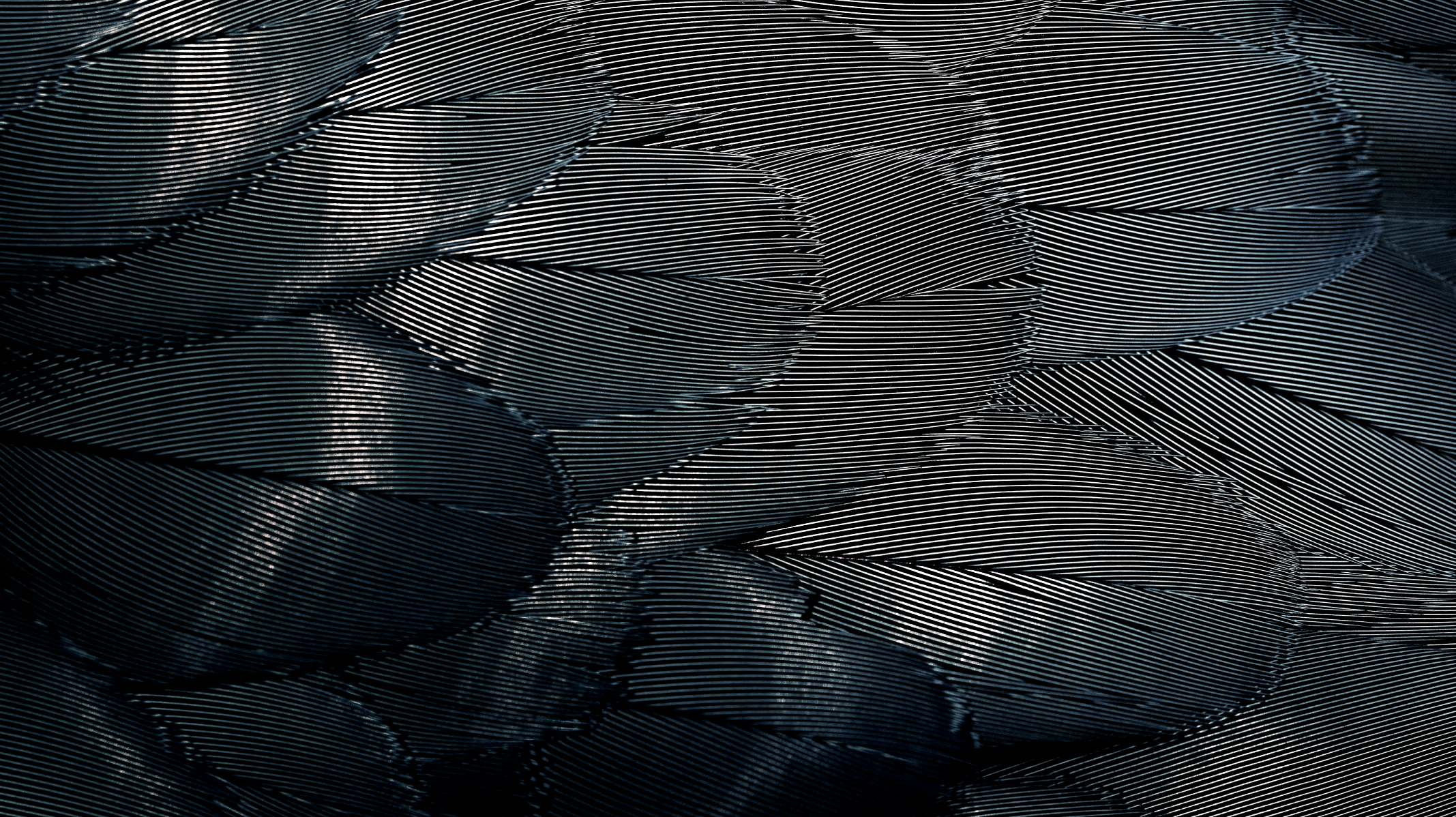In the world of film production, certain technical terms can be puzzling for newcomers and veterans alike. One such term that often leads to confusion—and occasional frustration—on set is “moiré”. But what exactly is moiré, and why does it seem to cause so much trouble? Let’s explore this optical phenomenon that’s been challenging filmmakers since the advent of digital cinema.
Understanding the Moiré Effect
Despite what some might humorously suggest, moiré isn’t a difficult crew member. The moiré effect is actually an optical illusion that occurs when two regular patterns overlap, creating a third, often unwanted pattern. In digital filmmaking, this typically happens when fine textures or patterns in the scene interfere with the pixel grid of the camera’s sensor.
The result? Unexpected wavy lines, shimmering effects, or strange patterns that can compromise an otherwise perfect shot. It’s no wonder that cinematographers and directors often wish they could simply eliminate moiré from their productions!
Why Moiré Matters in Digital Filmmaking
- Image Quality: Moiré patterns can significantly degrade the quality of footage, affecting the professional look of the final product.
- Post-Production Challenges: Often, moiré effects aren’t fully visible until the editing stage, potentially leading to costly reshoots or time-consuming fixes.
- Detail Distortion: Fine details in clothing, architecture, or landscapes can become distorted, compromising the realism and aesthetics of a shot.
- Unpredictability: Moiré can appear unexpectedly, disrupting carefully planned shoots.
Tackling the Moiré Challenge: Prevention and Solutions
How do we address this uninvited guest on our sets? Here are some strategies to manage moiré:
- Eliminate the Source: The best thing to do is probably to get rid of moiré patterns on clothings, posters, rugs or sofas all together. If you still need these patterns to be present you can try the following advice.
- Pre-Shoot Testing: Always conduct camera tests with potentially problematic fabrics or patterns before the actual shoot.
- Camera Settings: Adjusting aperture and focus can sometimes minimize the effect.
- Subtle Movement: Slight camera movements can make moiré less noticeable.
- Optical Low-Pass Filters: These can be placed in front of the sensor to reduce high-frequency patterns.
- Post-Production Techniques: Specialized software tools can help mitigate moiré effects after filming.
Moiré in the Age of Digital Project Management
As a startup dedicated to digitalizing project management in film production, we view the challenge of moiré as an opportunity to enhance collaboration between departments. Our digital tool facilitates:
- Early Identification: The camera department can flag scenes with high moiré risk.
- Interdepartmental Communication: Costume and set design teams are promptly notified about potential moiré issues.
- AI-Assisted Analysis: Our system can analyze test footage for moiré patterns before the actual shoot begins.
The Bigger Picture: Why Moiré Matters
Addressing moiré is more than just a technical challenge—it’s a testament to the complexities of modern filmmaking. It reminds us that in cinema, even the smallest details can significantly impact the final product.
By integrating awareness of issues like moiré into our project management solutions, we’re bridging the gap between the creative and technical aspects of filmmaking. Our goal is to provide filmmakers with the tools they need to tackle these challenges efficiently, allowing them to focus on what truly matters: telling compelling stories and creating stunning visual experiences.
Conclusion: Embracing Complexity in Filmmaking
Understanding and preparing for moiré effects can ensure smoother productions and better final results. It’s about embracing the intricacies of filmmaking and finding innovative ways to overcome them.
In the end, by addressing challenges like moiré head-on, we can continue to push the boundaries of what’s possible in film production, always keeping our eye on the ultimate goal: creating exceptional cinematic experiences.
